Identify your why
You’re a fitness beginner, where to you start? Identify your why! Once you’ve determined your why, use that as an anchor whenever you feel like you’re lacking motivation. Remind yourself that you’re doing this for you. Remind yourself that exercising doesn’t only make you healthier and uplift your mood, it’ll also make you look hella good, boost your brain power and give you better endurance during sex. From there, continue doing you, with the exuberance of Bill Clinton on a balloon party but with healthy diet and gym equipment instead of ecstasy and interns.
Start with baby steps
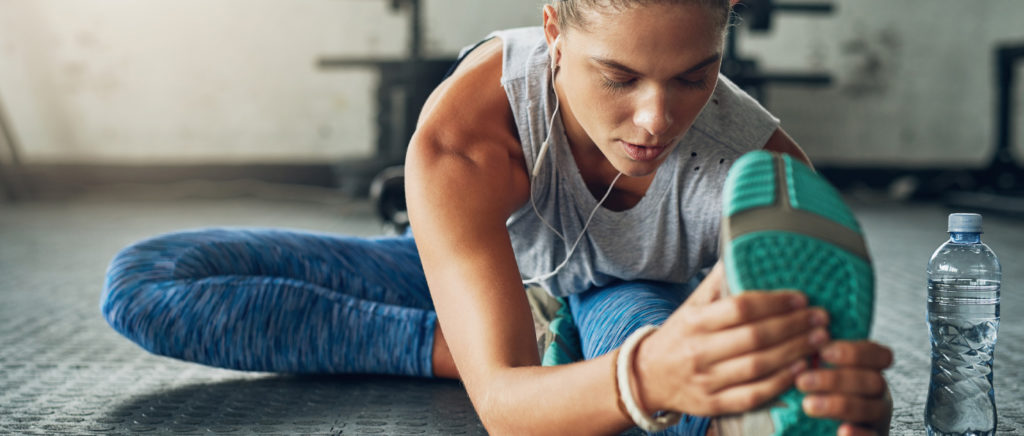
Since you’re still a novice exerciser, a fitness beginner, take baby steps towards your goal to simplify the process and make it easier for you to accomplish. Baby steps are the building blocks of habit. And once you’ve incorporated this habit in your lifestyle, motivation won’t be as crucial to your success. You might get intimidated to gym rats with Greek god physique so you might try to keep up with them right away and try to go Mad King to your calories (BURN THEM ALLLL!) and end up overstraining your body. Don’t compare yourself to other people’s fitness journey. Grow at your own pace.
Choose the right exercises for your fitness goal
If you want to get the result you want, you need to structure an exercise plan conducive to your fitness goal. There’s no point in doing two hours of cardio a day if your goal is to build muscle.
Consistency > Intensity
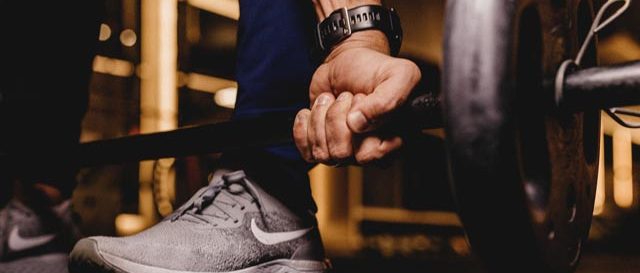
Long term consistency trumps short term intensity. According to celebrity trainer Valerie Waters, “You are better off doing a 45-minute, moderate-intensity strength circuit three times per week than to do a two-hour, high-intensity workout six times a week, and then burning out in three weeks because it’s not sustainable.” Keep yourself at the state of flow, a state not too difficult you’re burning yourself out but not too easy that you’re bored. Training should be addictive and not stress you out more.
Hail Hydro!

Water helps maintain your body temperature, transport nutrients, lubricate your joints and flush toxins out of your body. If you’re dehydrated, your body is not going to function at its optimum level. American Council on Exercise recommends drinking 17 to 20 ounces of water two to three hours before a workout. Then, about 20 to 30 minutes beforehand, drink another 8 ounces. While exercising, continue to drink 7 to 10 ounces about every 10 to 20 minutes. Within 30 minutes of completing the workout routine, drink another 8 ounces and continue to gulp down 16 to 24 ounces for each pound you lost during the workout to regain the water you sweated out.
Eat healthy.
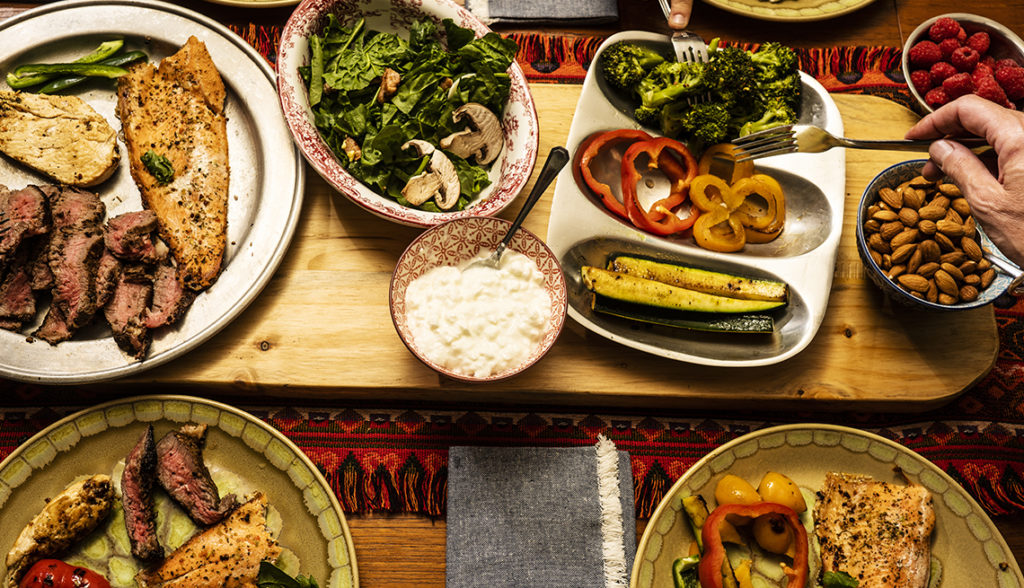
Everyone needs to eat a proper balance of protein, carbohydrates and fat especially if you’re exercising regularly because you are expending more energy and thus require more nutrients for refueling. Protein helps your body tissues grow and heal. It is generally recommended that you get 20% to 30% of your daily calories to protein. Carbohydrates when broken down, become glucose molecules that enter the bloodstream and feed your muscles, organs and brain. People tend to be wary of fat but it plays an essential nutritional role. Fats insulates your body, protects nerve pathways and organs and provides a vehicle for fat-soluble vitamins.
Warm up and cool down
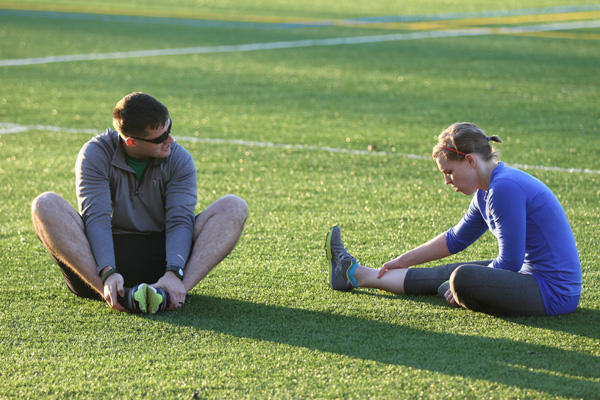
For the sake of your heart, body and motivation, you need to construct a work out routine with three distinct phases namely: warm up, exercise and cooldown. Warm ups serve as a wake-up call to your muscles and allows you to ease your body in an activity by sending more blood to your muscles. On the other hand, cooling down is vital to give your body an adequate time to transition from being stressed out to being at rest. Abruptly stopping your movements entirely after an intense workout will cause the build up of lactic acid in your muscles which can cause soreness.
Find a workout buddy
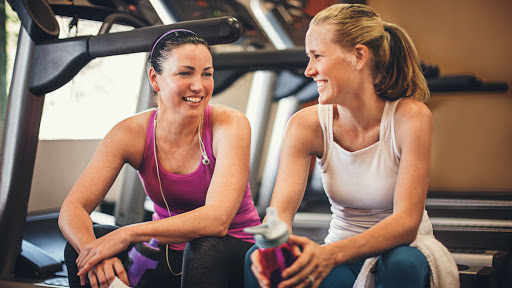
Find someone who is also interested in improving their overall health and keen on going to the gym. Keep each other accountable and check in with each other. If you don’t have anyone in your life with that kind of mindset or if you’re an introvert, there’s a lot of online communities that will help you reach your goals, keep you on track and motivate you in your fitness journey.
Keep a workout log
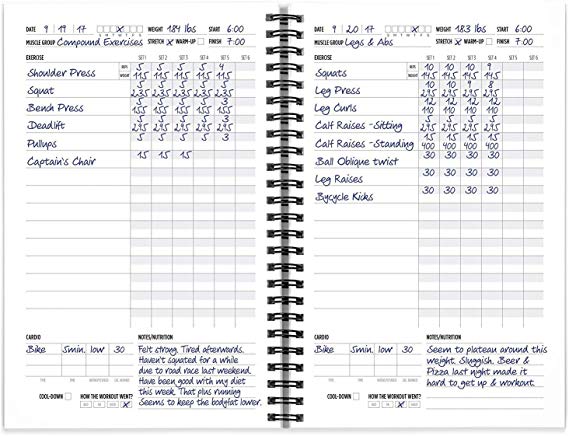
This will help everyone keep track of his progress – pro or fitness beginner.
Enjoy the ride
Don’t just imagine the summit. Enjoy the climb. Revel in every moment of your workout. Embrace the soreness the next day. It’s better to be sore than sorry. After all, the only workout you’ll ever regret is the one you didn’t do. No one can lift that weight for you but you and only you.
Fitness is your thing now? Perfect – click HERE to learn even more about how to reach your goals!

Your point of view caught my eye and was very interesting. Thanks. I have a question for you.
Thank you very much for sharing, I learned a lot from your article. Very cool. Thanks.